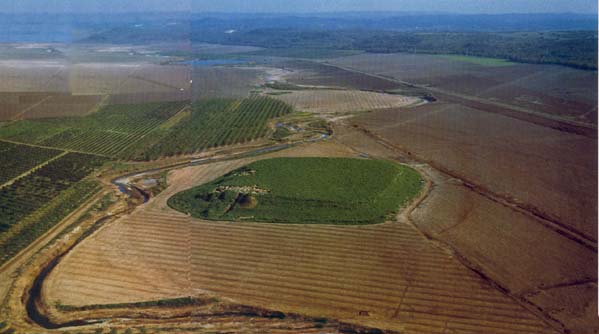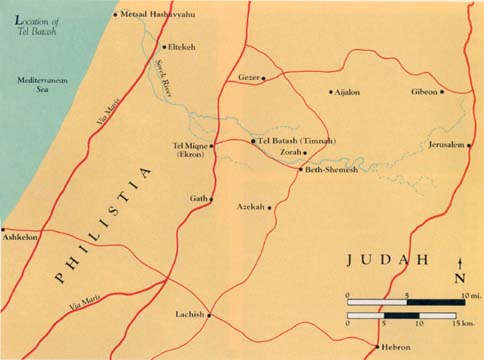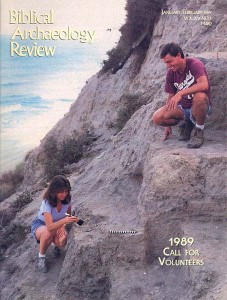Excavating in Samson Country—Philistines and Israelites at Tel Batash

The period from the time of the Judges to the end of the Israelite monarchy is known in archaeological terms as the Iron Age. It is subdivided into Iron I, the time of the Judges from about 1200 to 1000 B.C., and Iron II, the United and Divided Monarchy, from about 1000 to 586 B.C., when the Babylonians destroyed Jerusalem.
Throughout the Iron Age, Palestine was inhabited by several different ethnic groups who controlled shifting areas of the country. Although the Israelites inhabited most of the country, other peoples dominated certain regions and enclaves. These other peoples included the Canaanites (later known as the Phoenicians), the Philistines, the peoples of Transjordan and desert nomads.

One of the most challenging tasks of modern archaeological research in the Holy Land is to identify and clarify the various regional cultures of the country, to study their interrelationships and their mutual influence on one another. This is especially true when excavating in a buffer zone of one of these geopolitical regions; there the archaeologist has a special opportunity to study the interaction of various regional cultures.
Already a library member? Log in here.
Institution user? Log in with your IP address.

